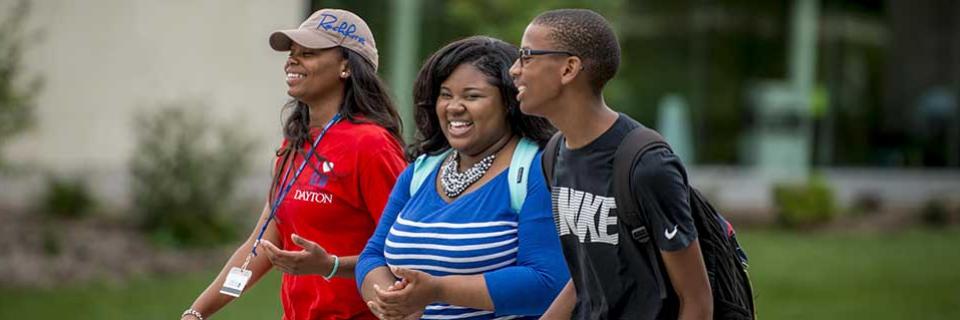Fall-Spring Student Retention Reaches 10-Year High

There are a lot of reasons a college student might decide not to return to their school.
Finances, campus life and culture, or even personal health or family emergencies could cause a student to start struggling or miss classes. At Rockhurst University, a number of programs and processes continue to make strides in improving retention and making sure that the students who might need help are getting access to it.
According to Sandy Waddell, M.S.Ed., associate dean of students and director of student success and retention, the University’s efforts to help students stay have continued to grow as they prove successful. Between the fall and spring semesters of this academic year, the University retained 97 percent of its fulltime undergraduate students — a 10-year high — and nearly 95 percent of freshmen students, adding to a string of successful years in student retention efforts that have won praise and national recognition from colleagues in higher education. And at an institution where three or four students can equal a full percentage point in a given class, she said those numbers reflect well on a University-wide effort to make students feel comfortable on campus and achieve success in the classroom.
"A lot of it comes down to awareness," Waddell said. "At this point many of our staff and faculty know about the programs we have in place and know when to refer a student to connect to those resources."
The University has had a longstanding retention committee that meets to discuss tactics and programs, as well as the student success network, which meets weekly to identify "students at risk" and help connect those students to the resources they might need.
On the quantitative side, the University’s Office of Institutional Effectiveness provides data-driven reports based on characteristics of those students who did not persist over the last 3 years. This data identifies the top reasons that students leave and allows staff to provide proactive programming and resources to address some of these needs, Waddell said.
But she also said recent retention efforts rely on old-fashioned, one-on-one interactions. Waddell and Emily Kempf, M.S., associate director of residence life, launched a program several years ago in which residence advisors sit down with their residents for casual conversations or words of encouragement about challenges they might be facing in the transition to college life, while success coach Ashley Halter, M.A., focuses much of her one-on-one work with commuter and transfer students.
All those efforts, from spreadsheets to personal interactions, can add up to a lot, according to Waddell.
"The reward is that our students are supported and are able to have a meaningful experience both in and out of the classroom," she said. "And, they have a great shot at graduating in four years."







